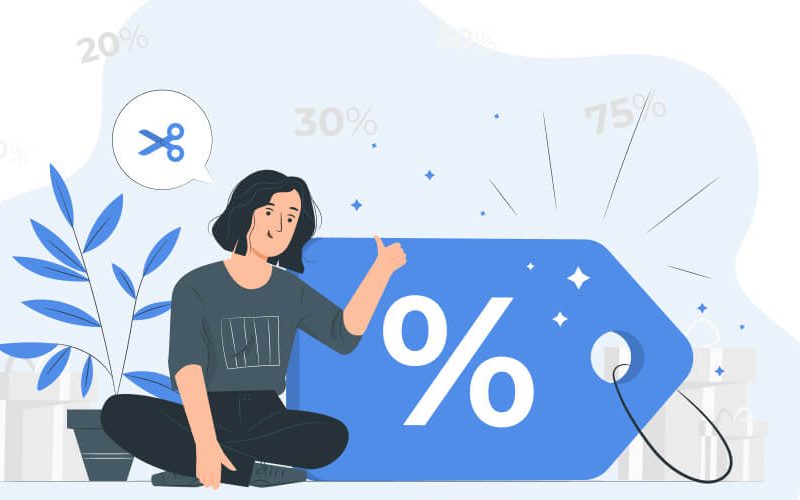The idea of presales is simple: why wait to get paid for your work when you can get paid now? How about selling something that is not available yet, but will be in the future? Well, some entrepreneurs have found a way to do just that.
The Basics of Business Financing |
|---|
| So, you’re interested in financing your business? Here are some of the basics to learn: 1. Introduction Into Business Financing 2. How to Prepare Your Business for Financing 3. Equity Financing 4. Debt Financing 5. Grants 6. Crowdfunding 7. Presales (Generating Revenue) |
What is Presales?
In the context of financing your business, presales mean some revenue generating activities as a result of which you get the funds necessary for production upfront before a product or service is delivered to the customer.
In other words, it is a way for a business to get money from customers before they actually have to produce their product.
The core idea of this process is that your customers agree to pay beforehand:
- they can make a purchase and cash out immediately,
- or sign a contract with set payment and delivery terms.
Turning Customers Into Investors for Your Product
Entrepreneurs can use presales to convert the customer into an investor, allowing their feedback and money to back the product. So, your customer investors pre-order and pre-pay an upcoming product to show their support before its release.
Supporters of your product want to feel like insiders. Providing a bonus offer or an exclusive deal to your early supporters makes them feel like they are part of the project.
Here are some ways to drive interest in upcoming products:
- Letting customers be the first to receive the product when it comes out
- Offering an advance discount
- Exclusive terms of contract
- Additional free services
- Other bonuses
How to Get Started With Presales
- Find out about potential customers: Who needs your product? Who can benefit from your product? Who will be willing to pay for your product?
- Create a marketing plan that will help you reach people who might be interested: How can you reach out to these people? What is your value proposition? Why would they want to pay you?
- Make it easy for people to pay immediately:
a) set up an online store with a quick pay now button
b) send an email with an instant payment link or send it via social media
The Goal of Presales
There are many different objectives that can be achieved during presales, but all of them serve as sound reasons why people might want to choose presales over other methods of financing.
The most common are:
- Receive the funds necessary for production.
The top reason is obviously that presales can provide a quick injection of cash and boost to your accounts receivable. This can allow a company to stay afloat and continue developing its products or services until it reaches profitability.
- Acquire loyal customers.
When the customer is investing in your product, it means they believe in what you do and trust that they will benefit from it. This can help build stronger and more personal relationships between your customers and your company.
- Test the market.
Presales can provide instant validation that the product strategy is correct. Lots of popular retailers use this strategy to drive up interest for a product before they release it. This way, retailers know that there is demand for the item.
- Save on production costs.
Businesses can save on production costs because you only need to produce what you’ve sold so far. Potential customers also can give you invaluable feedback before you go into full-scale production. This way, you’ll know exactly what your customers want before you make a big investment in inventory.
The Pros and Cons of Presales
| PROS | CONS |
|---|---|
| Cash upfront to pay for production | Difficult to find and reach out to the target people/market |
| Getting a market before delivering a product | Negotiations may extend in time |
| Supporting and loyal customers | Difficult to make people pay upfront |
| Knowing what items are popular | Need to offer extra discounts and bonuses |
| Easier to predict the inventory needs | Customers may want to influence and change the product |
| Validation and valuable feedback | Strict delivery terms stipulated by the contract |
In this series, we explore some of the most common types of financing that businesses use. Take a look at the next chapter to find out more.

.png)




